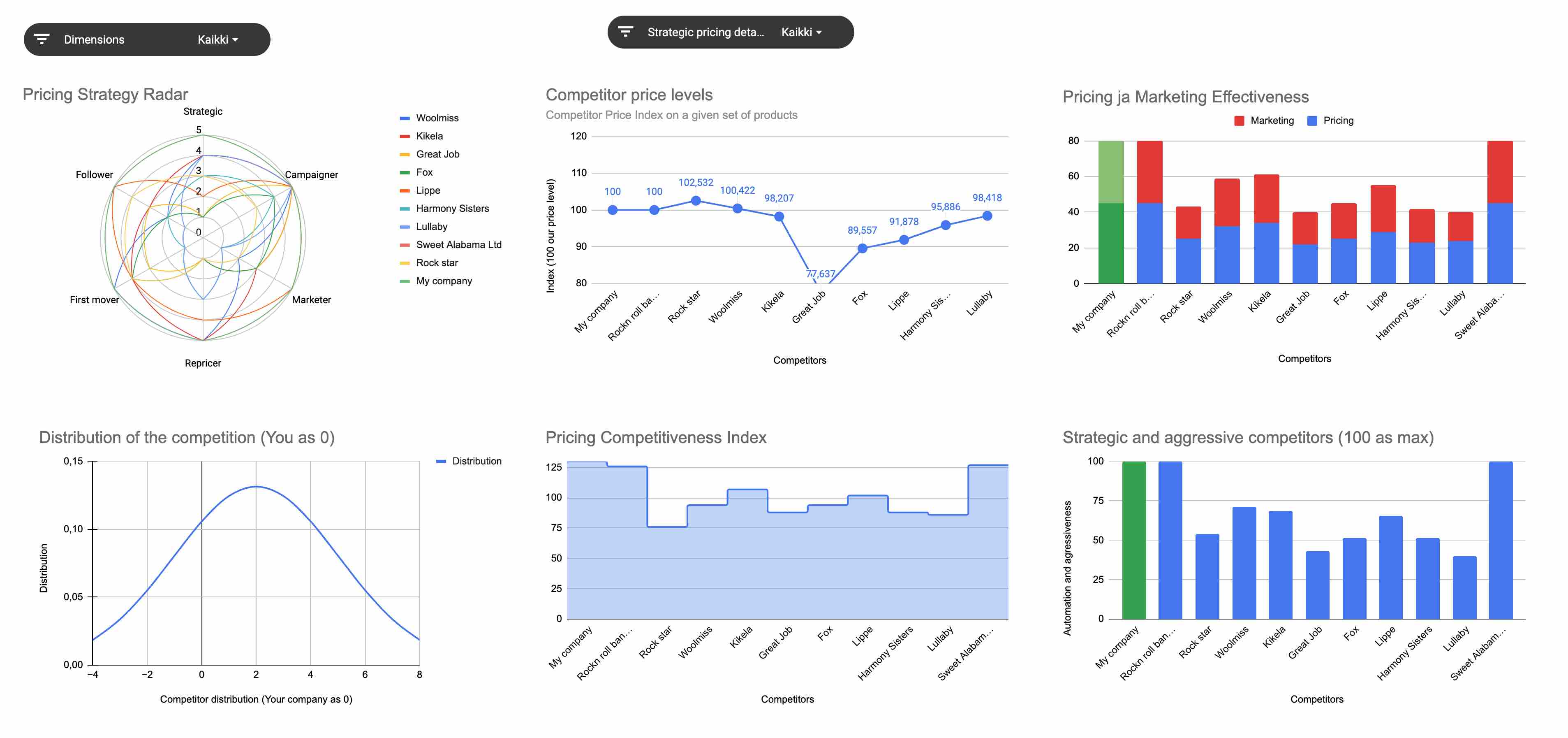Price matching is a popular retail strategy where stores match the prices of their competitors for the same product. In today’s competitive marketplace, retailers offer price matching to attract more customers and retain existing ones. While this strategy can offer benefits to both customers and retailers, it also comes with some disadvantages. Let’s explore these advantages and disadvantages in price matching.
Benefits of Price Matching
Increased Customer Satisfaction
Price matching can increase customer satisfaction by offering them the lowest possible price. Customers are more likely to purchase from a store that offers price matching than from a store that does not. This is due to the simplicity and accessibility of being able to compare prices online. Selling at the lowest possible price can also lead to increased loyalty and repeat business from satisfied customers.
Competitive Advantage
Matching can give retailers a competitive advantage in the market. By matching the prices of their competitors, retailers can attract more customers and increase their market share. This can also help retailers to stand out in a crowded marketplace and differentiate themselves from their competitors. Indeed, being able to monitor competitor’s prices and matching below their price is a great booster to attract more customers from online platforms.
Improved Sales Performance
Price matching can lead to improved sales performance by increasing foot traffic to the store. When customers know that a store matches their prices, they are more likely to visit that store and make a purchase. This can result in higher sales volumes and increased revenue for the retailer.
Reduced Inventory
Price matching can also help retailers to reduce their inventory levels. When retailers match the prices of their competitors, they are more likely to sell their products faster. This can help retailers to clear out their inventory and make room for new products. If you are looking to get rid of a specific product, then you should really think about price matching it with competitors in order to sell it out faster.
Competitor Pricing Strategy Analyzer Tool
Unlock powerful insights with our free Competitor Pricing Strategy Analyzer. Enter your competitors’ data to receive detailed analytics and visualized dashboards.

Disadvantages of Price Matching
Unfortunately, it’s not all rainbows and butterflies when it comes to price matching. Sometimes, it doesn’t make sense for some businesses to use such a strategy. Let’s see the main cons of using matching below:
Reduced Profit Margins
Price matching can reduce profit margins for retailers. By matching the prices of their competitors, retailers may be forced to sell their products at a lower price than they originally intended. This can result in reduced profit margins and lower overall profits for the retailer. You have to ensure that this is the correct strategy for you, as sometimes selling a product a lot cheaper than what it should be does not make sense.
Increased Competition
Price matching can also increase competition among retailers. When retailers match the prices of their competitors, it can lead to a price war where retailers continuously lower their prices to attract more customers. This can result in lower profits and reduced market share for retailers. You have to be careful to know your competitors well before beginning a price matching strategy.
Complex Pricing Strategies
Matching can also make pricing strategies more complex for retailers. Retailers need to carefully monitor the prices of their competitors and adjust their prices accordingly. This can be a time-consuming process and can lead to errors if not done correctly. You have to ensure that the technology and software you are using to price match is working efficiently and offers reliable data.
Unintended Consequences
Price matching can also have unintended consequences. For example, retailers may match the prices of their competitors for a certain product, but this can also lead to customers expecting the same price for other products. This can result in reduced profits and increased costs for retailers.
Improve your pricing with price monitoring
Enjoy a live and complete overview of the market prices, campaigns, and price changes of your competitors — all at one glance.

Conclusion
Matching prices can offer both benefits and disadvantages for retailers. While it can increase customer satisfaction, provide a competitive advantage, and improve sales performance, it can also reduce profit margins, increase competition, and make pricing strategies more complex. Retailers need to carefully weigh the pros and cons of price matching and determine if it is the right strategy for their business. Ultimately, price matching can be a powerful tool for retailers to attract and retain customers, but it should be used strategically and with caution.


